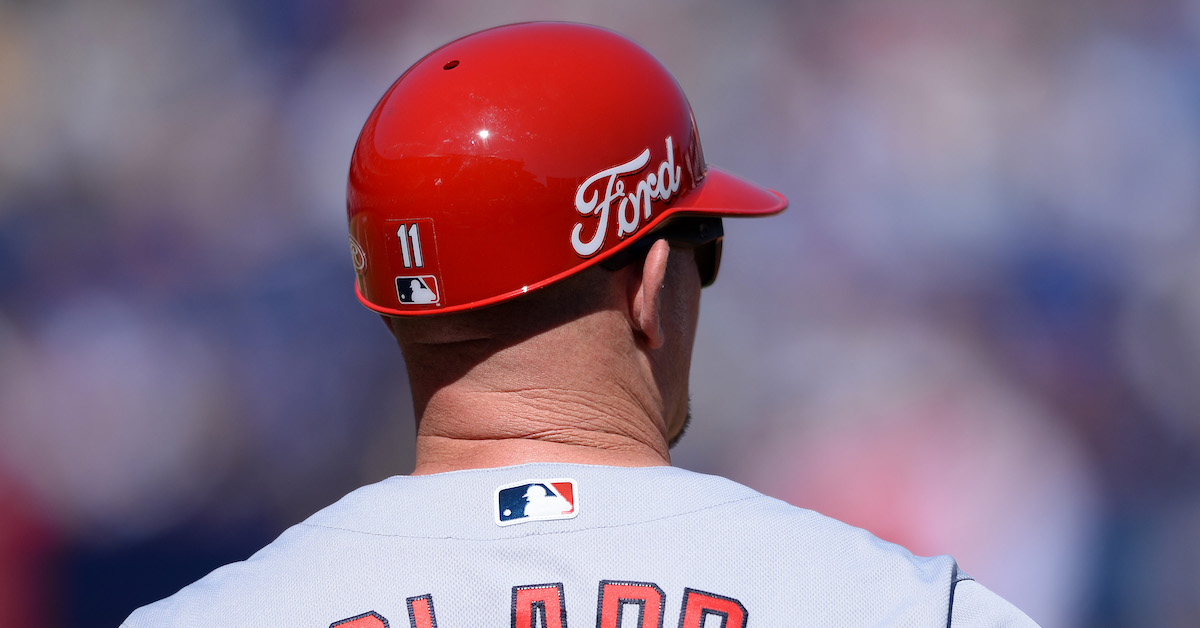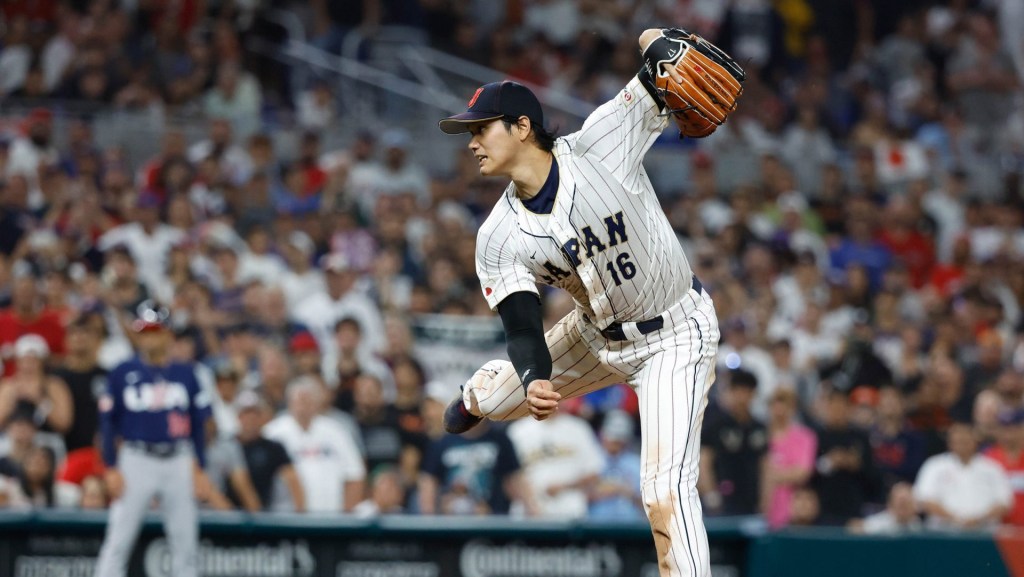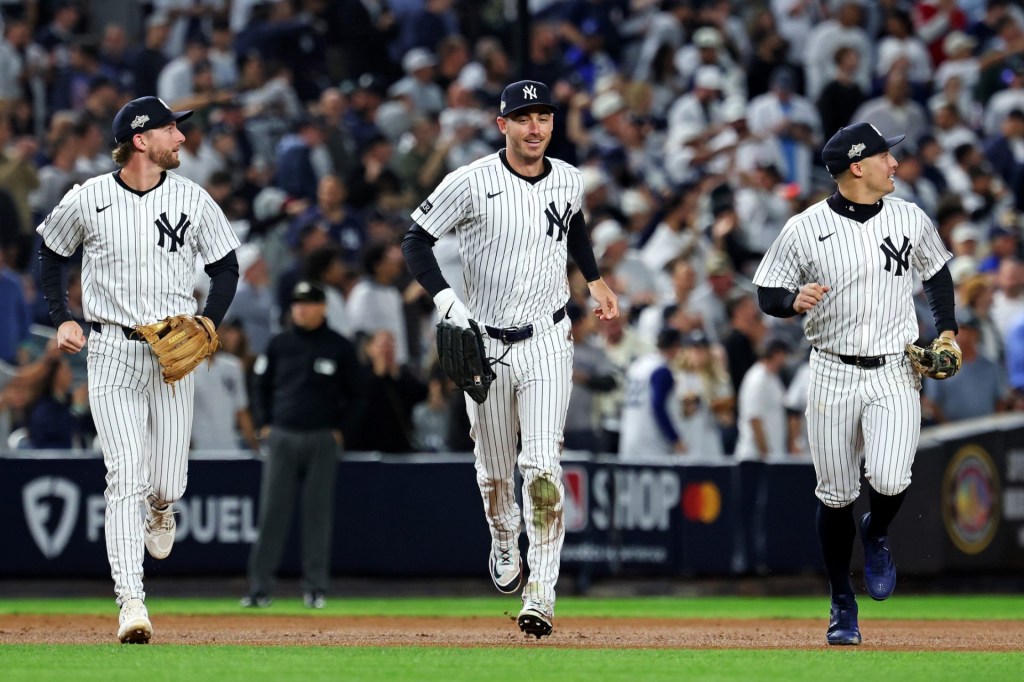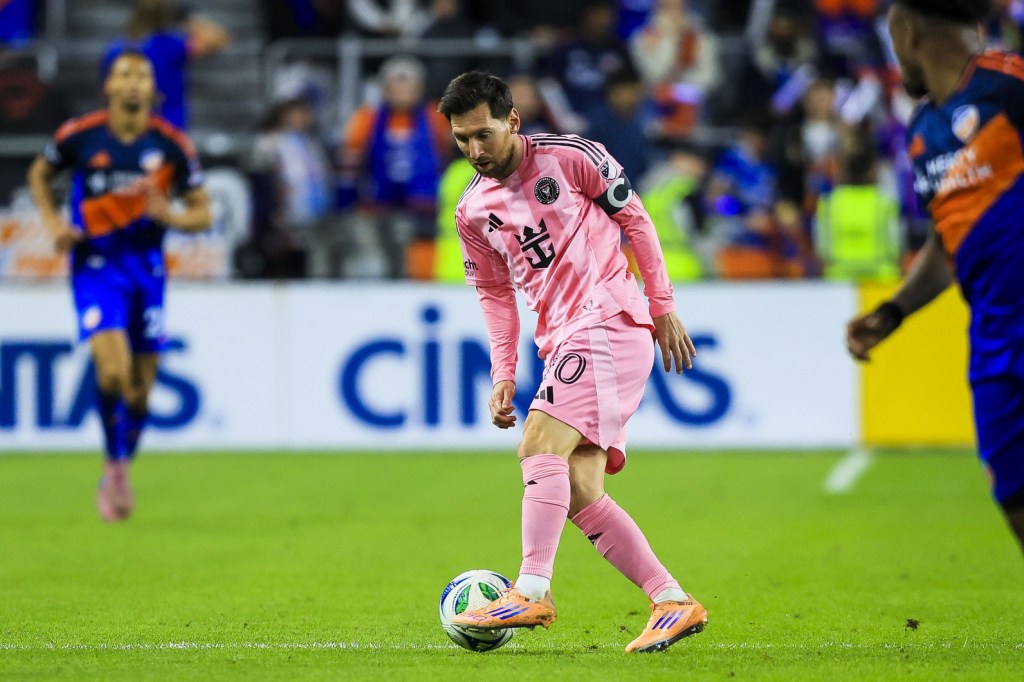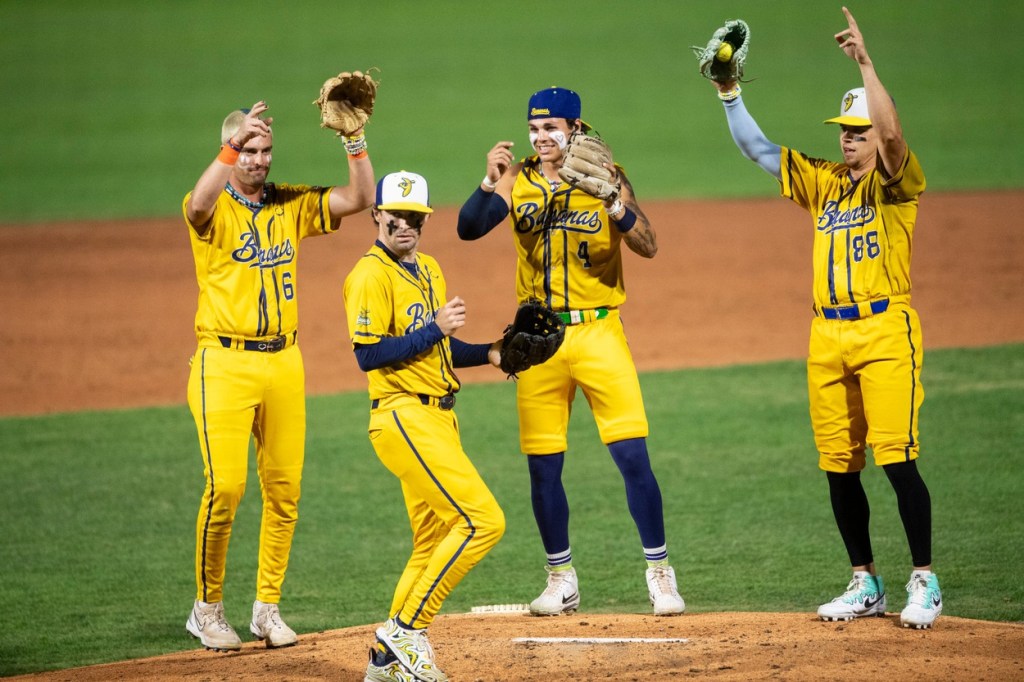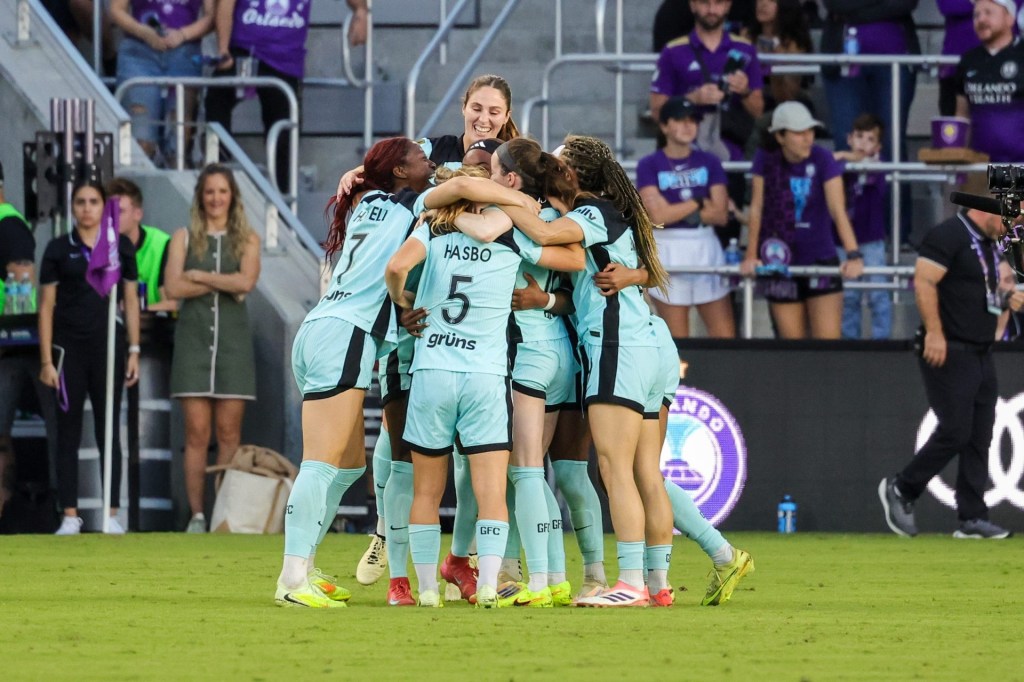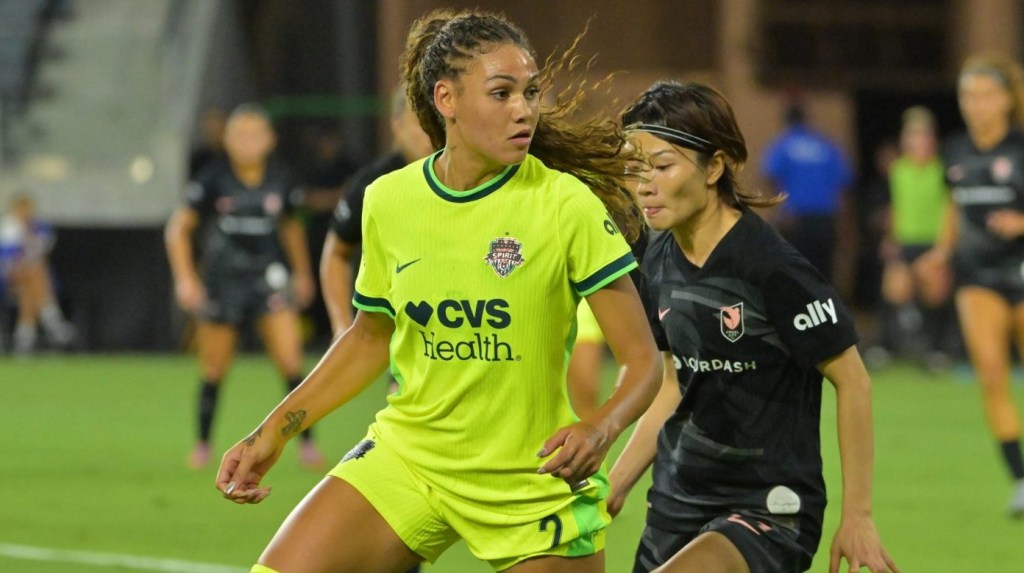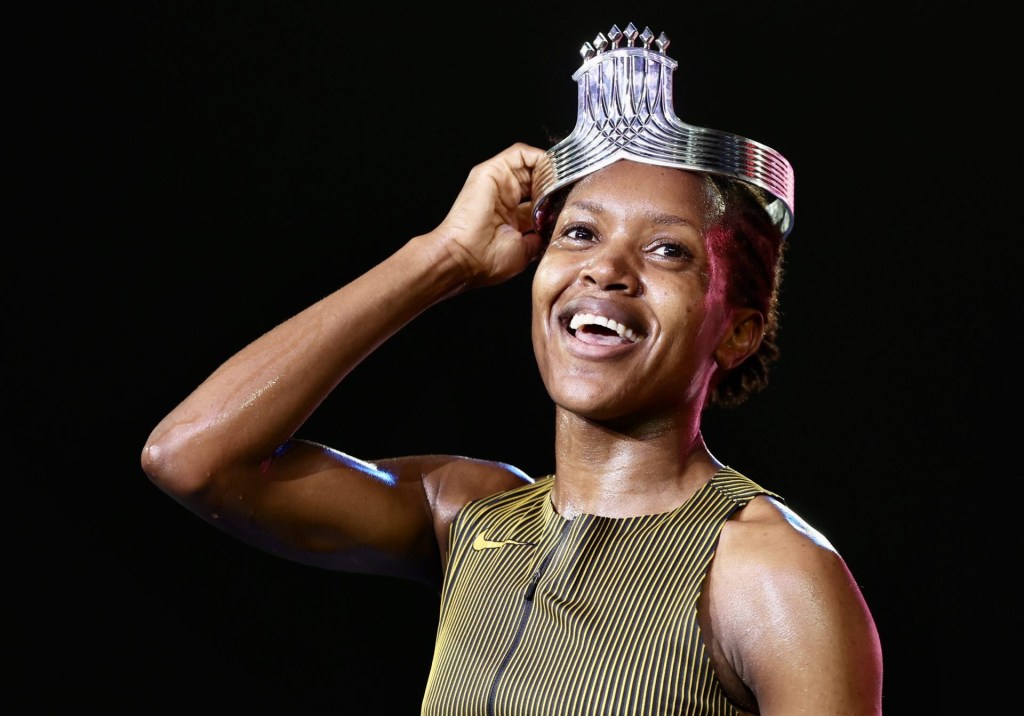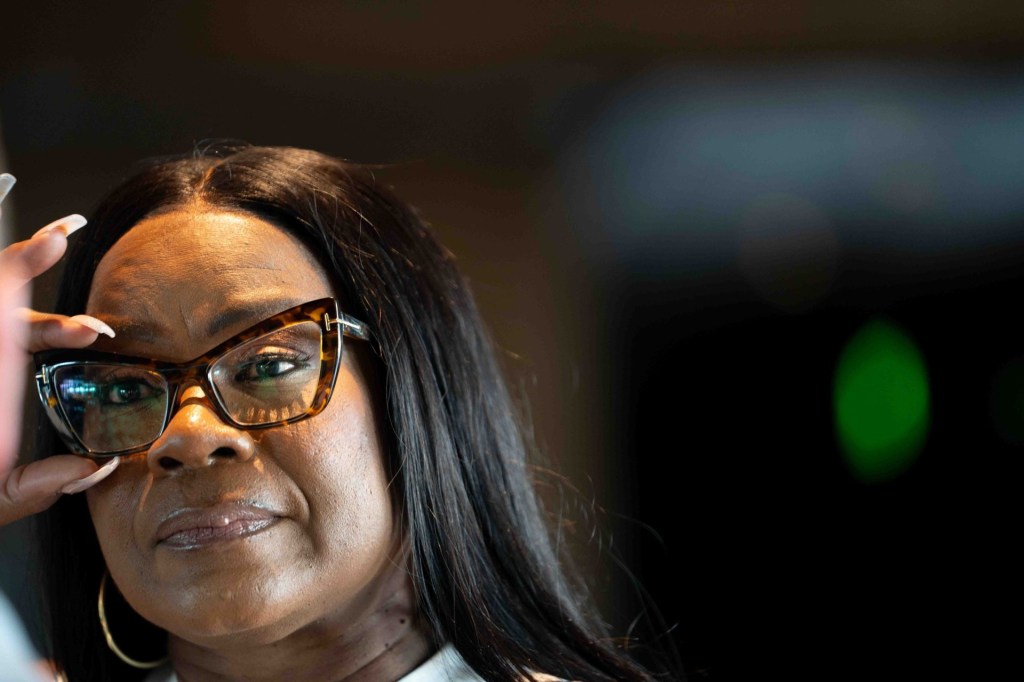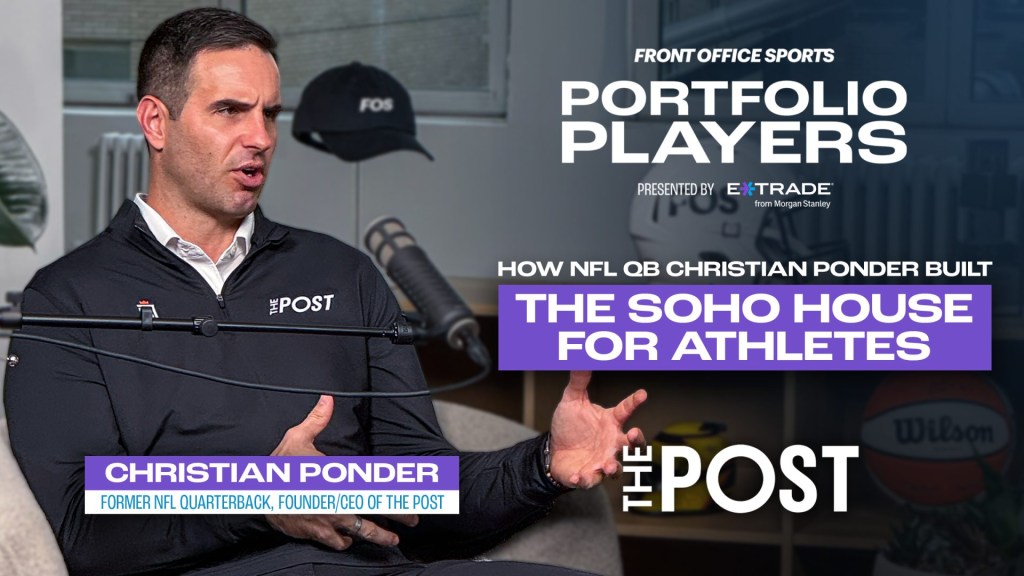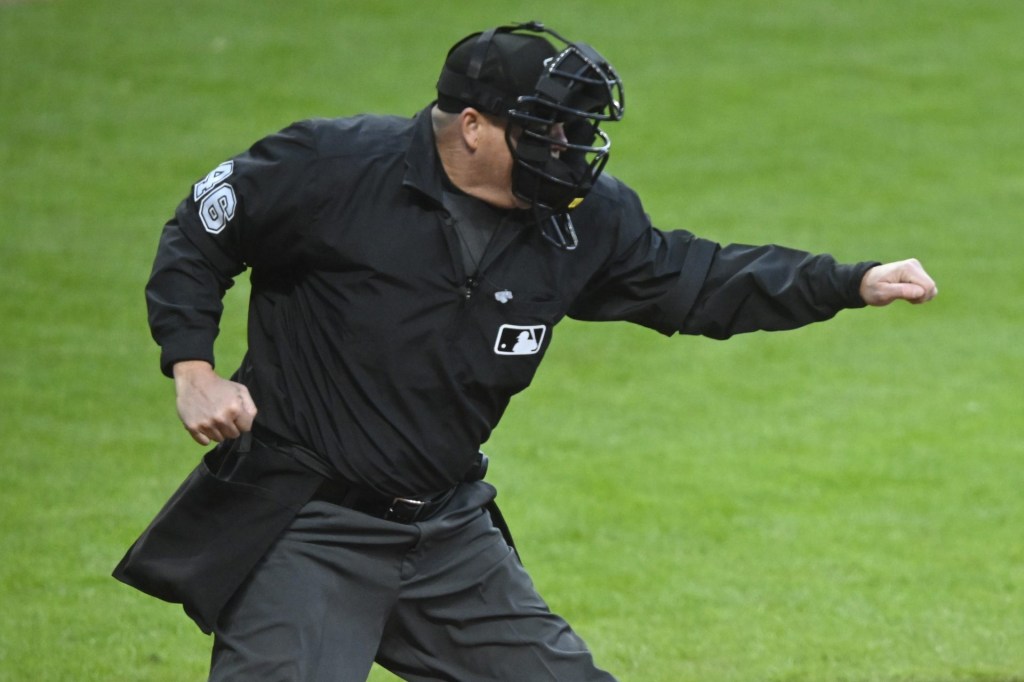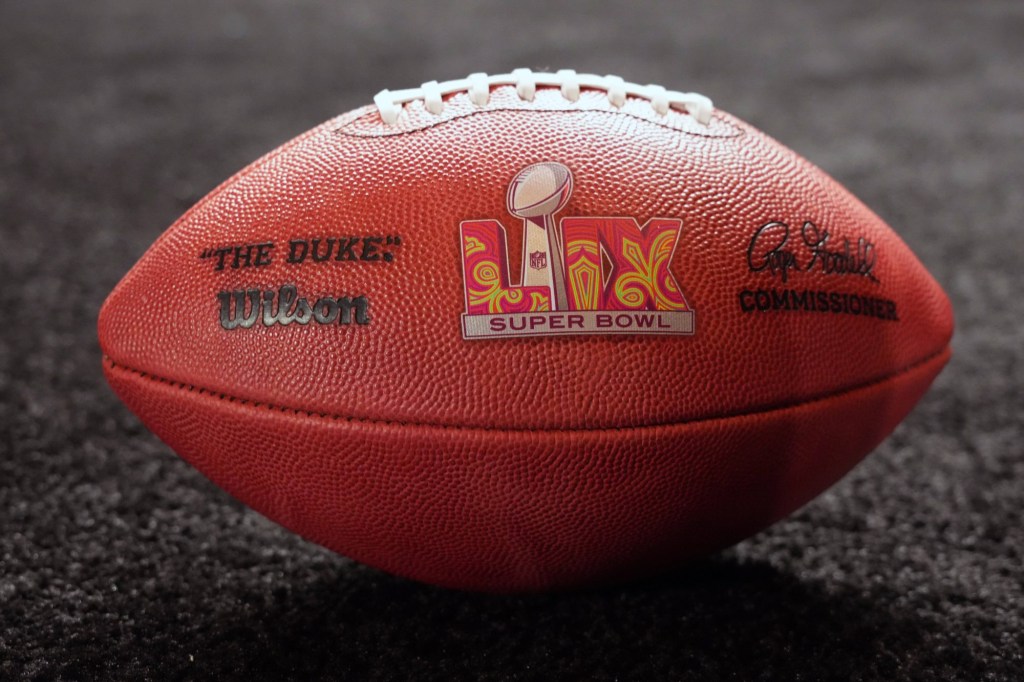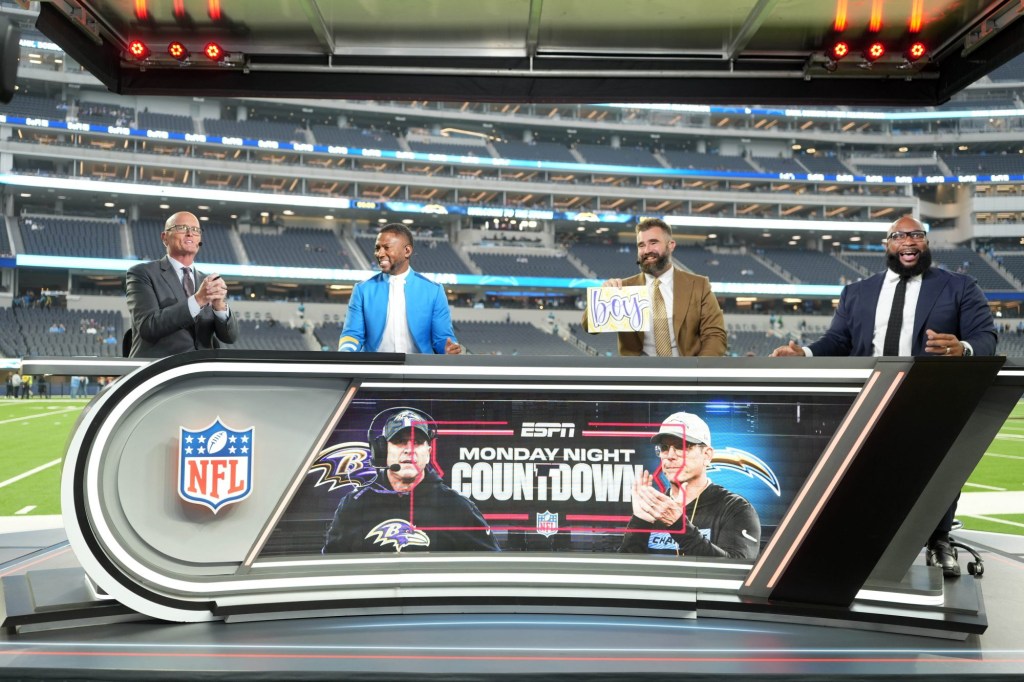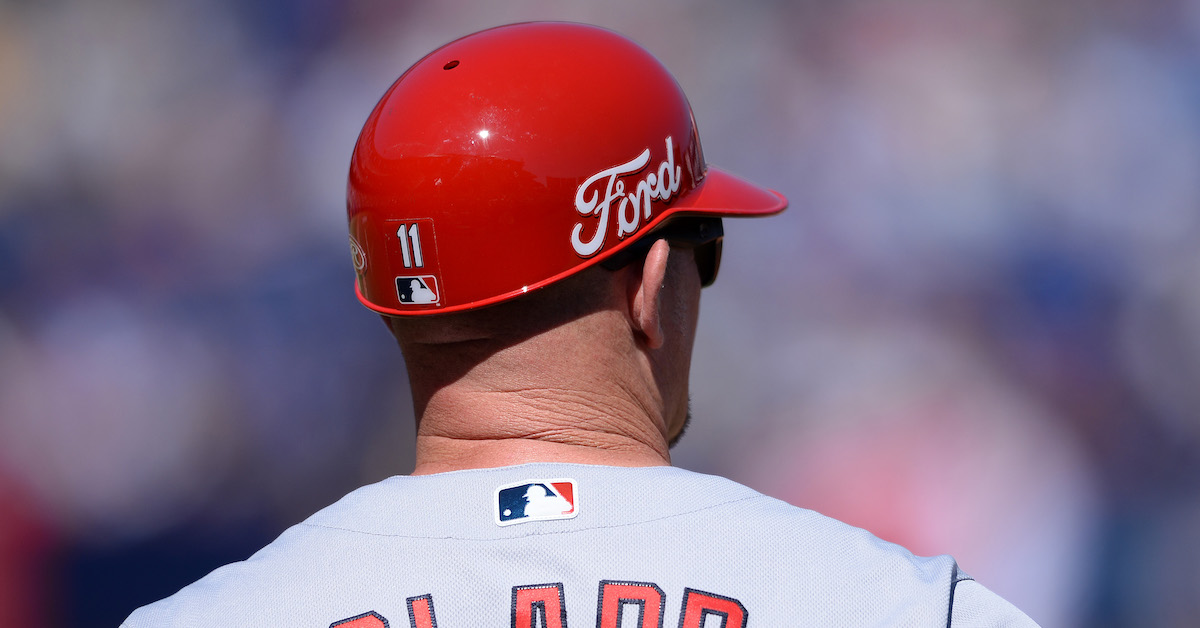
Photo Credit: Orlando Ramirez-USA TODAY Sports
Last month, watchful eyes may have noticed a Ford sponsorship on the St. Louis Cardinals’ helmets during Major League Baseball’s Mexico Series. Speculation swirled it might be a test to allow uniform sponsorships on MLB uniforms. In reality, the league has permitted the practice in non-domestic games since 2000.
According to MLB International Senior Vice President Jim Small, patches have been displayed on uniforms during the 2000, 2004, 2008, 2012 and 2019 Japan events. The 2019 Japan games also included MGM Resorts sleeve patches. The policy started because most international sports leagues allow uniform advertising, and branding on uniforms is more widely accepted.
“In Japan, the teams are all named for corporations, the names written across each player’s chest,” Small said. “So the idea of putting a small patch on our team’s uniforms was simply not a big deal.”
READ MORE: AT&T’s Logo Deal With WNBA Represents Deeper Strategy With NBA
For American baseball fans, sponsorship patches in unusual places stand out quickly, especially in the age of social media when images can spread quickly. So it makes sense that there was a stir. What’s more puzzling was why mainstream attention had been slow to catch on despite Small saying that the size and position of partner logos have remained consistent over nearly 20 years of play.
“Playing 162 game per year, fans get familiar with what they see every day,” Small said. “So when something changes, it is not uncommon or surprising to see a reaction, especially when it involves teams that haven’t played a lot internationally.”
Naturally, the larger question concerns when a similar strategy might make its way stateside. After all, the NBA has received plenty of attention since implementing jersey sponsorships in 2017, ultimately rounding out all 30 teams this season through Oklahoma City’s deal with Love’s. The average NBA sponsor patch deal pays $6.5 million annually, according to Yahoo’s Daniel Roberts.
Per Bill Sutton, a professor of sport and entertainment at the University of South Florida, it was only a matter of time before other American sports leagues took the same tack as Major League Soccer, whose teams have featured jersey sponsors since the league’s inception in a move in line with global soccer tradition.
[mc4wp_form id=”8260″]
“What the NBA has done is proved a market,” Sutton said. “They’re talking about a second patch, there’s definitely a market there. The other sports, you’re always looking for the next revenue stream, and this is one without a direct cost.”
In 2016, Sutton told The Atlantic he expected the NHL to be the next professional league to follow the NBA into uniform sponsorships and was surprised the hockey league had yet to venture into the practice. Yet they might not be that far off on the horizon, either: NHL Chief Business Officer Keith Wachtel recently told Front Office Sports that the league is considering implementing jersey sponsors.
For the MLB, Sutton said a sleeve sponsorship would likely make the most sense in the baseball realm. Yet he also points to a significant obstacle standing in the way of implementing the practice league-wide stateside. Since it would be baseball-related income, the revenue would need to be shared with players. While the NBA was able to figure out a satisfactory model, Sutton said there would be a greater discrepancy of what each MLB franchise could charge, which would likely add another curveball to the league’s implementation.
Another reason for the league’s hesitation boils down to the proliferation and near-oversaturation of advertising in some international leagues. For his part, Wachtel said it was important for the NHL to maintain a sleek visual appearance no matter what revenue sources came on board. In MLB’s case, Small said baseball wants to strike the right balance for fans and partners. But he’s also cognizant that the old ways are changing, and the classic approach to pristine uniforms in the United States might someday change with it.
READ MORE: Crawford Bock Brings Beer and Baseball Together for Astros
“There has traditionally been a different sporting culture internationally than in the U.S.,” Small said. “Over time, the difference between U.S.-based leagues and leagues outside the U.S., specifically in areas like sports wagering and on-uniform advertising, appear to be getting smaller.”
Just don’t expect MLB to make a change strictly because other leagues are, too. America’s Pastime will move at its own pace.
“We’re aware of what the other sports leagues do and don’t do on a wide variety of topics,” Small said. “Each sports league has a unique set of circumstances, so there is not a one-size-fits-all approach. We’ll continue to monitor the topic and how it applies to baseball.”
